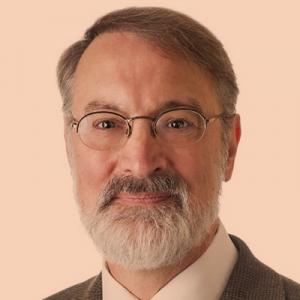
Assessing and addressing the needs of women working in the life sciences may improve work-life integration as well as scientific innovation, according to survey results published in Nature Biotechnology. Philip Hockberger, PhD, associate professor of Physiology and founder of the Chicago Biomedical Innovation Alliance, was lead author of the study.
The Chicago Biomedical Innovation Alliance is a group of Chicago-area nonprofits dedicated to accelerating biotechnology and healthcare in Chicago through supporting the development of innovation districts, which are developed and designed to attract startups, businesses and talent from specific fields. Chicago has three innovation districts currently under development across the city.
“It’s a partnership model where you try to leverage higher-ed partners with real estate developers and companies. It’s a multiple-stakeholder model,” Hockberger said.
In an effort to better address the needs of women leaders and entrepreneurs working in the biotech field, Hockberger and colleagues surveyed members and supporters of Women in Bio, a nonprofit that promotes careers, leadership and entrepreneurship for women in the life sciences. Survey questions covered a range of topics including transportation to work, family, housing, schools, infant and childcare, pet care, health and fitness facilities and social clubs.
Of the total number of respondents, roughly half were under the age of 40 years old. Almost 80 percent of respondents had advanced degrees — a PhD, MS, MBA, JD or MD, respectively — and 72 percent specialized in technical fields. Almost half of respondents also held leadership roles as executives or midlevel managers, and 57 percent had worked for 10 years or more since earning their last degree.
Survey respondents showed strong preferences for living near their workplace and top-rated schools, availability of public transportation and parking near work, safety of their neighborhoods, and living near a socially-engaged community. Respondents also preferred to have healthcare and fitness facilities located near their work, but a majority of respondents were less interested in joining social clubs, including women-only clubs.
While the survey was conducted prior to the COVID-19 pandemic, Hockberger said he believes the current results would remain the same.
“The questions that we asked are somewhat timeless and irrelevant to COVID-19. I thought this survey really dug deep into the mindset of professional women of what’s important to them and what’s not. As a result of that, if we were to give them the survey again today, I’m not sure it would change the results,” Hockberger said.






